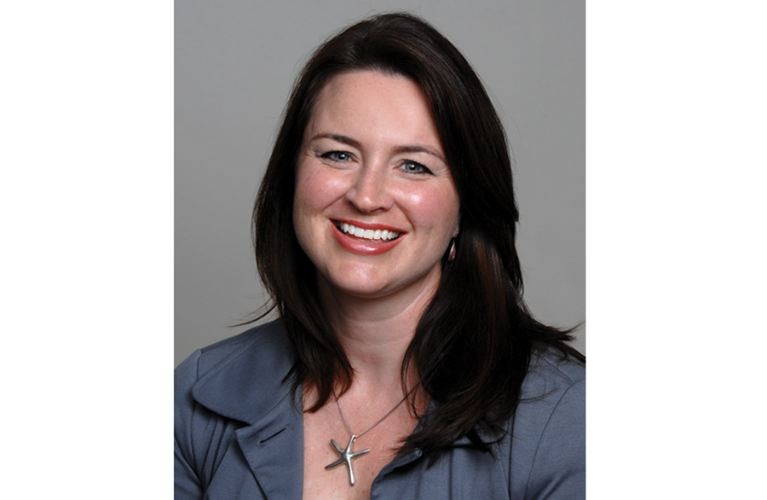I've been analyzing my spending patterns lately and I'm intrigued by what I've discovered.
When I plan a purchase ahead of time, I see it as an investment and I'm willing to pay full price for the item or service. When I'm loyal to a particular brand, a discount on the same product, but different brand, does nothing to motivate me to buy.
On the other hand, when I have no brand preference, I'll buy the item on sale and feel satisfied knowing I've saved myself a few bucks. For example, I may stop by the grocery store on the way home from work needing pasta sauce for dinner. I need the sauce; there are 20 brands available and three are on sale. I'm not dedicated enough to any particular brand to pay full price for one particular jar when another has been discounted by 50 cents. More often than not, I'll buy the one on sale. Alternatively, if no pasta sauce is on sale, I won't give a second thought to paying full price for the brand I enjoy most because either way I need the sauce.
My consumption patterns are remarkably different when I'm browsing for fun without any real plan to make purchases. Something happens when I'm bored, or distracted, cruising through the mall or downtown window-shopping. When it comes to thoughtless spontaneous spending, I am completely at the mercy of the discount. I'll buy things I won't likely use for years, such as kids' clothing four full sizes larger than they currently fit, simply because the discount was large enough that I can't bear to miss out on the deal. What's up with that?
I'm sure a 'psychology of economics' textbook exists somewhere with a five-syllable term to name the process going on in my basal forebrain, which controls motivation and desire. Certain studies point to a connection between happiness and impulsiveness while others describe our core need to save based on human survival instincts. A recent Journal of the Association for Information Systems article states that 30 to 50 per cent of all spending are impulse buys. At least I'm not alone in my sickness.
These are important considerations, particularly for retail businesses that want to increase their per-customer spending totals. Consumers must interact with products in some way, and be in the right mood, in order to trigger impulse buys. Such interactions include being able to see the product, touch it, sample it, or smell it. Increasing proximity to products by placing them in locations near the front of the store, or in the window, is one method of encouraging impulse sales. I'm sure this is the core rationale behind Costco's abundance of tasty samples for bored kids and distracted parents racing through the store on a Saturday afternoon. Once you try it, and more so if it's on sale, they've got you right where they want you.
That's OK though. I'll be right behind you in line at the till.
Until next week, stay in the black and keep coming back.



